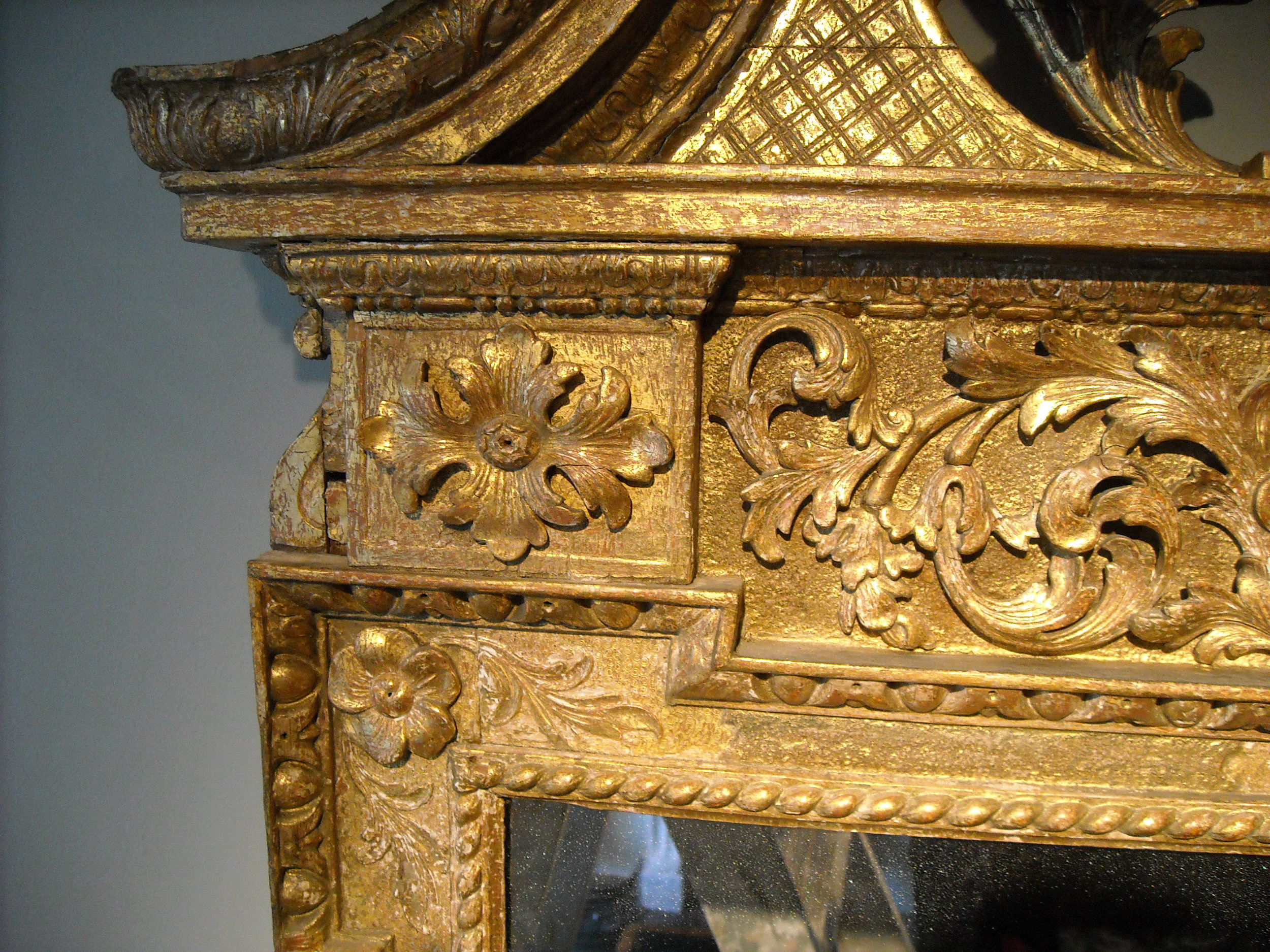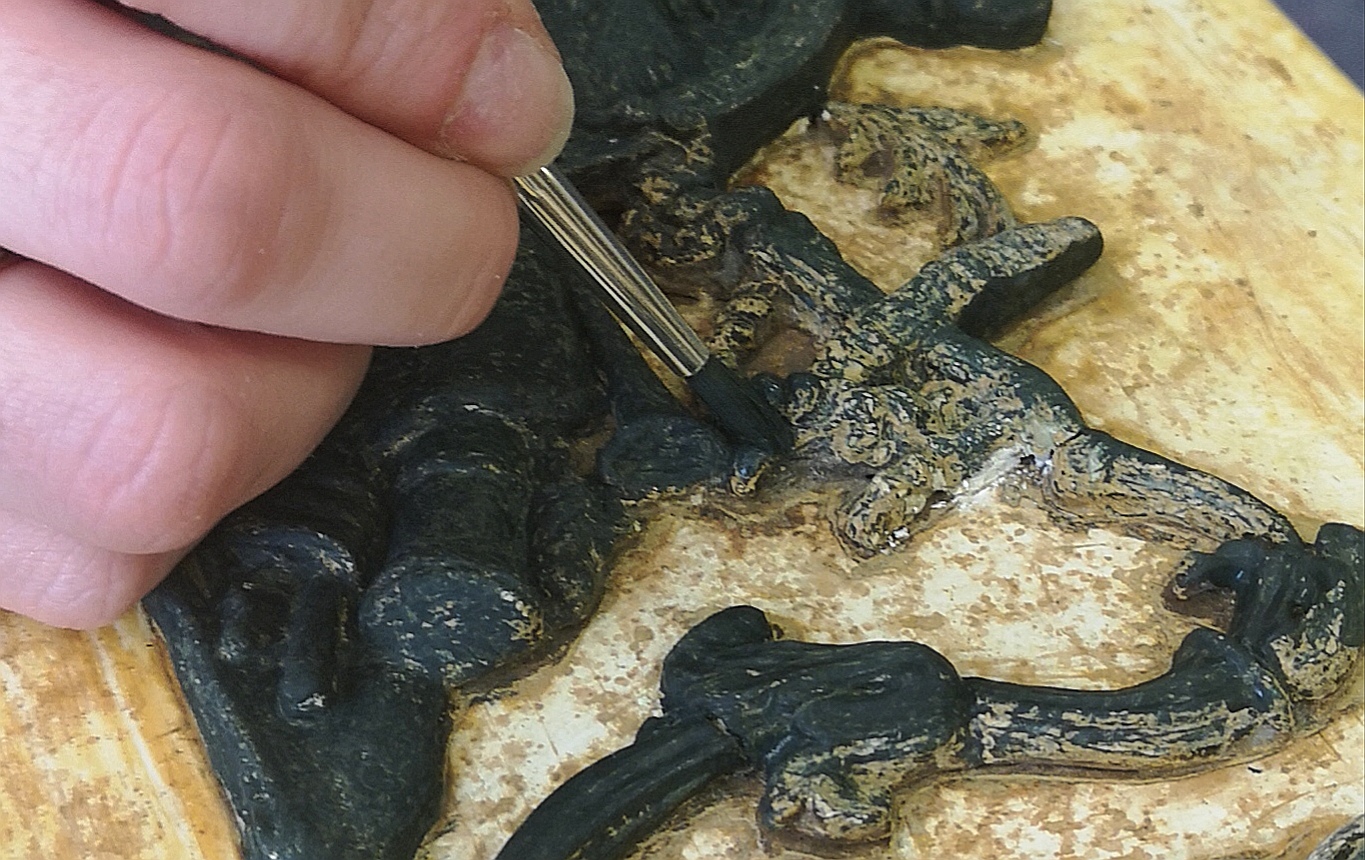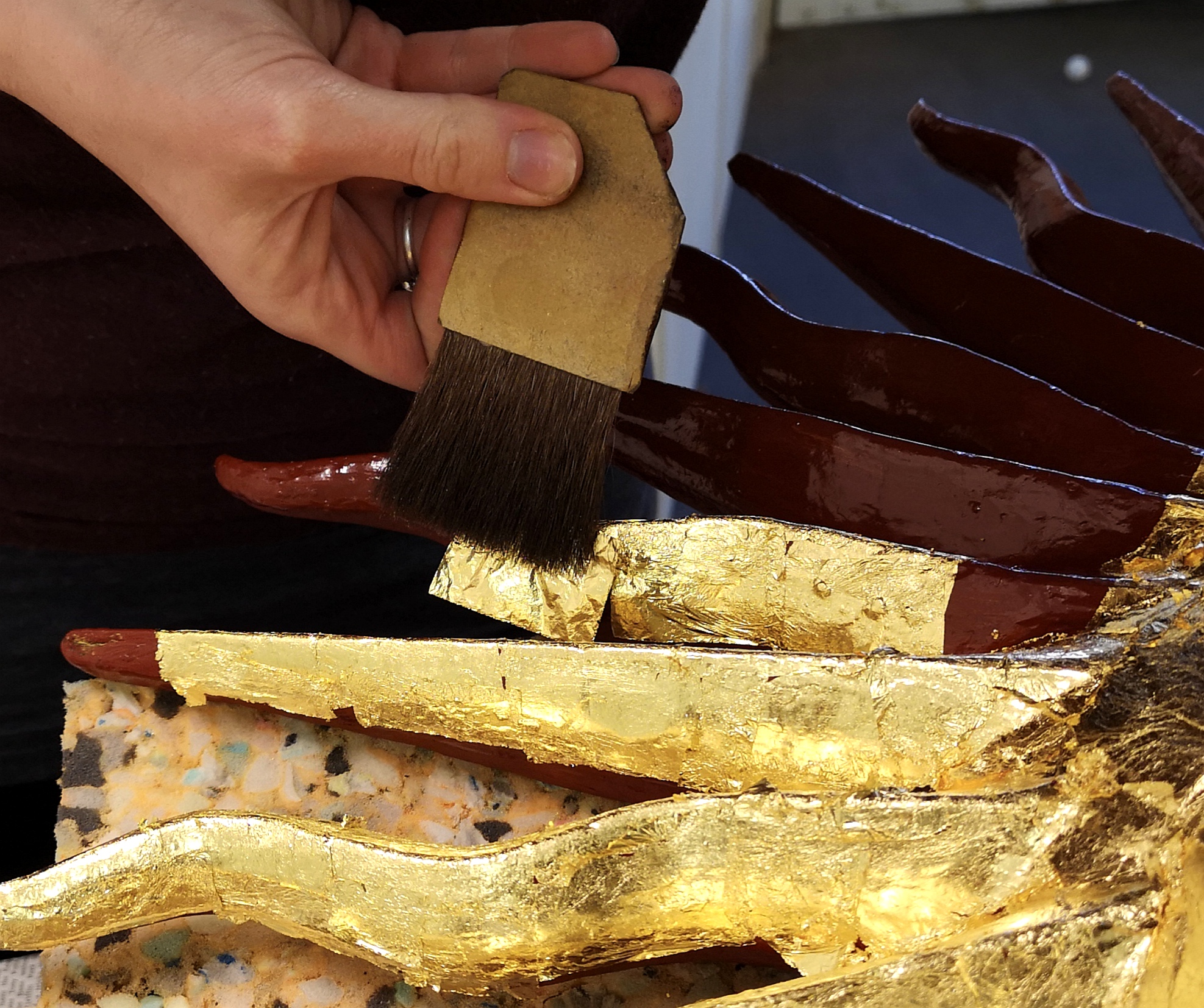We are delighted to have been part of this conservation project at Felbrigg. Please read the press release below for more information.
National Trust Press Release
Immediate release: Friday 14 July 2023
One of the best examples of a Cabinet Room is conserved at
Felbrigg Hall in Norfolk
Restored to its former glory following a five-year conservation project, work in the
Cabinet Room at the National Trust’s Felbrigg Hall in Norfolk draws to a close with the
re-dressing of one exceptional window.
Situated at the end of an array of State Rooms that escalate in grandeur, restoration of
the Cabinet has included the cleaning and re-instating of paintings, wall hangings,
furniture and carpet. The ambitious project has culminated in the commission of replica
silk damask curtains to match the original set, which were first introduced to the room
around 1830 by Felbrigg’s then owner, Admiral Windham.
The room itself was originally the late 17 th century Drawing Room, which was square
and panelled, until the bay window was added in 1751. It was then that William
Windham II transformed this space into a Cabinet to display pictures and objects he had
collected on his European Grand Tour. In August 2018, work began to restore the room
to its former glory, today it is one of the last surviving and most complete Grand Tour
Cabinets to be found anywhere in England.
Senior Collections & House Manager, Louise Green, called upon an extensive list of
specialists to help The National Trust complete this conservation project, with the re-
dressing of the historic window overseen by Textile Historian, Annabel Westman. The
three-bay window had lain bare for many years, only its original gilt cornice box and
pelmet remaining.
The replica crimson silk damask was specially woven by Humphries Weaving Company
of Sudbury, Suffolk, based on the original curtain design. Nearly 100 metres of pure silk
gimp, which is an ornamental trim, was handmade by Brian Turner Trimmings to edge
the curtains, which were lined in crimson sateen and made up by specialist Lisa
Dawson. The firm Butler & Castell restored the gilt cornice box, whilst Collier Webb
conserved and reproduced the original curtain tie-backs. Finally, the silk pelmet
underwent conservation by textile conservator Melanie Leach, with additional gimp trim
woven by Clare Hedges and bullion fringe made by Heritage Trimmings.
Textile Conservator, Melanie Leach, said; “The pelmet was previously too short in width,
the pleats were uneven, and it looked rather tired. The addition of new replica silk
damask and replica trimmings has extended it to fit the window bay as it would have
when originally made. After 750 hours of conservation work in the studio, I feel very
relieved that it is up and hanging again.”
Melanie continued; “The reinstatement itself was quite the challenge due to the pelmet’s
size - the width being in one continuous piece over 6m when pleated up, and over 15m
when unpicked and laid out flat. After many trials I was pleased to find a way to bring
the unfaded silk damask to the fore to improve the overall appearance and refresh the
wonderful crimson colour of the silk. In addition, 15 metres of braid, bullion fringe and
113 bobble hangers have been painstakingly cleaned, supported and protected to
ensure the safe display of the pelmet for the future.”
Textile Historian, Annabel Westman, reveals that the window dressings were the final
piece of the jigsaw and complete the room; “The Cabinet Room is an outstanding
example of its type, with so many items made for the room still surviving. For too long
the curtains, which would have matched those in the adjoining Drawing Room, have
been missing to the detriment of the complete ensemble, but this project to conserve
and restore the window treatment has given the room a renewed sense of place within
this remarkable country house.”
General Manager, Ella Akinlade, added: “We’re delighted with the finished Cabinet
Room now that the windows have been so magnificently re-dressed for the first time in
many years. It is thanks to the help of our members and supporters that such important
conservation work can take place and we can’t wait to share this significant space, the
finale of a beautiful suite of rooms, with everyone.”
The National Trust’s Felbrigg Hall is open to visitors Saturday to Wednesday, increasing
to seven days a week from 22 July – 6 September, when you can see the fully restored
Cabinet Room for yourself.
For further press information please contact:
Olivia Ivens on olivia.ivens@nationaltrust.org.uk or 07824 530 276
About Felbrigg Hall, Gardens and Estate
One of the most elegant country houses in East Anglia, Felbrigg Hall is a place of
surprises and delights. It is a mixture of opulence and homeliness where each room
reflects Felbrigg’s vibrant history, from the stained-glass windows in the Great Hall to
Queen Mary's teapot in the Drawing Room. The Chinese Bedroom showcases
Felbrigg’s rich global collections, including luxury exports traded by the East India
Company, and the eclectic displays in the Cabinet Room show collections amassed on
a European ‘Grand Tour’.
Outside, the decorative and productive walled garden is a gardener's delight. Flowers
from the garden decorate the Hall, whilst allotments in the walled garden provide fruit
and vegetables for the Squire's Pantry tea room. The rolling landscape park with a lake,
211 hectares (520 acres) of woods and waymarked trails is a great place to explore
nature and wildlife on this bountiful estate.
About the National Trust
The National Trust is a conservation charity founded in 1895 by three people: Octavia
Hill, Sir Robert Hunter and Hardwicke Rawnsley, who saw the importance of the
nation's heritage and open spaces and wanted to preserve them for everyone to enjoy.
Today, across England, Wales and Northern Ireland, we continue to look after places so
people and nature can thrive.
The challenges of the coronavirus pandemic have shown this is more important than
ever. From finding fresh air and open skies to tracking a bee's flight to a flower; from
finding beauty in an exquisite painting or discovering the hidden history of a country
house nearby - the places we care for enrich people's lives.
Entirely independent of Government, the National Trust looks after more than 250,000
hectares of countryside, 780 miles of coastline and 500 historic properties, gardens and
nature reserves. In 2021/22 we received 20 million visitors. The National Trust is for
everyone - we were founded for the benefit of the whole nation, and our 5.7 million
members and over 44,000 volunteers support our work to care for nature, beauty,
history for everyone, for ever.












